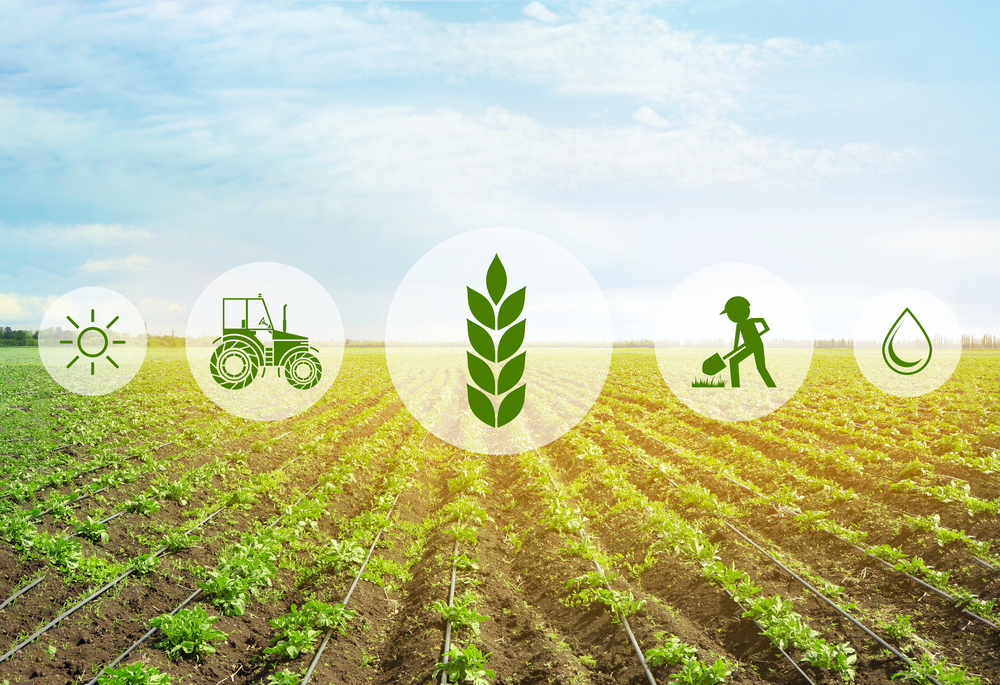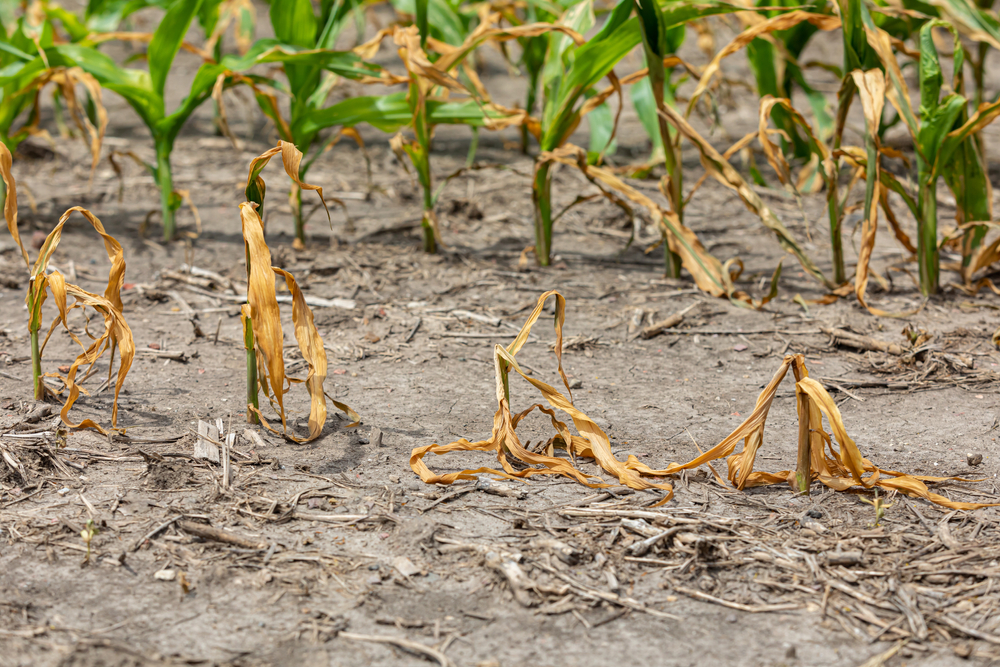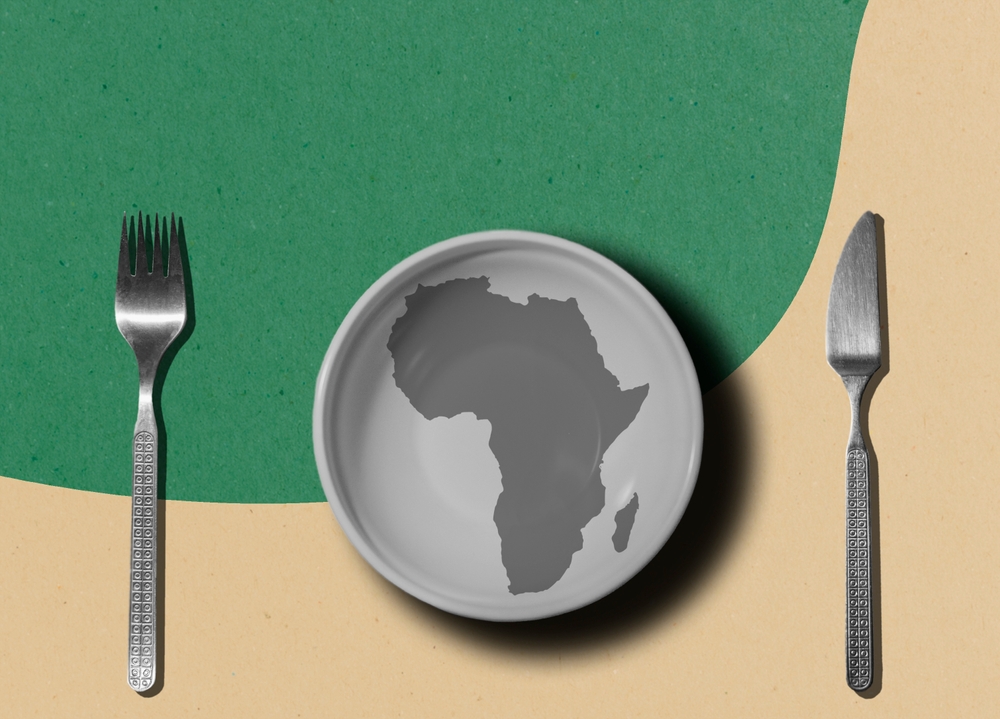After the unique economic factors (see yesterday’s post), the second solution to the crisis of these debtor nations in the early 1980s is known to history as the Green Revolution.
The Green Revolution actually began earlier in the 1960s, but its transfer to the underdeveloped world was often hand in hand with economic reforms. It consisted of technological innovations that had worked to bring prosperity in the developed world of the North now being given to the nations of the South. The Green Revolution has been a mixed bag in its results.
Professor Robert Paarlberg, a proponent of the Green Revolution, explained in his 2013 book Food Politics how the Green Revolution worked well in nations where the government adapted easily to free market reforms, but less well in nations where governments interfered in the market and agricultural system.
This is an excerpt from the 2019 book How the World Ends: Understanding the Growing Chaos. At that time JB Shreve explained how three core crises (population, food, and water) would contribute to a terrific rise in chaos across the globe during the next half century. By-products of these core crises would be pandemics, resource wars, social unrest, and increasing divides between rich and poor. These secondary crises would amplify the coming storm. All of that is happening now, even faster than predicted at the end of 2019. We are publishing portions of the “food crisis” section of the book here each day this week. Readers who want to go deeper are encouraged to purchase your copy of the book here.
Critics of the Green Revolution see a different result. The technological innovations caused poor farmers to compete for land and water supplies to furnish massive farming initiatives which the Green Revolution policies encouraged. Also, farmers were no longer farming on the basis of what was most productive to their indigenous environments but according to what resulted in the greatest profits. This practice was often in direct contradiction to the capacities of their local climates and soils. As a result, this brought about a draining of local aquifers, erosion of the soil and a worsening of the environmental conditions needed to grow food.
In other words, the short-term gains of the Green Revolution for many parts of the world was a profit, but the long-term loss was a landscape no longer capable of bringing forth food. This was occurring in nations and societies where agriculture had been the foundation of the culture and economy for millennia.
Further, to access the technologies of the Green Revolution, the farmers of the poor nations had to indebt themselves to the businesses and technologies of the richer nations in the northern part of the world. While many farmers held out against this trend, insisting on their own methods of farming to be more sustainable long-term, they soon discovered they could not compete with the scale and depth of production that the indebted farmers of the Green Revolution were experiencing. Meanwhile, those who took the bait, signed the loans, and entered into loan contracts found they had entered into a modern-day indentured servanthood contract with which their lands and work could not keep pace. In many instances, farmers have lost their farms to industrial farm conglomerates when they could not repay their debts. In order to feed their family, these farmers go to work for the businesses that have conquered them as hired contract labor on the same lands once owned and worked by their fathers and their father’s father.
The results of this system have produced a global South that serves as a plantation to the global North’s supercenters and dinner tables. The individual farmer has been supplanted by the industrialized farm. The soil and climate are benefitting the more prosperous homes and nations of the world until they are dried up and there is nothing left. Thus, we find the incredibly complex global food system to be infested with inequities that appear impossible to extract. It is in these nations and societies, where inequities are most pronounced and resentment is most felt, that corruption and authoritarianism thrive. Civil unrest follows and the manmade famines of the 21st century are commonplace.
The world food system is thus caught in a global dilemma. On the one hand we have corruption, upheaval, and oppression that lead to famine of mass proportions, but on the other hand we have a managed and modern industrialized food system that leads consumers into excess and obesity – even as it simultaneously drives the poorest of the world into systemic poverty and more hunger. The extremes feed one another, accelerating the divide between them. We have starvation and obesity operating side by side and little can be done about it. The real issue is not what Malthus or Ehrlich feared it would be. The world population has not outstripped its food supply. The issue is the way food is accessed in this global system that is strangling parts of the world. The devices of man’s own making have separated a large portion of the globe into the haves and have-nots. The interconnectedness of the system that resolved the food crisis after World War II held within it the very mechanisms to perpetuate injustice, resentment, and insecurity around the world. As these byproduct of the global food system spread they bring with them unrest and upheaval around the world.
We will run excerpts from JB Shreve’s book How the World Ends: Understanding the Global Chaos throughout this week. These excerpts explore the nature and pathways of the global food crisis that is now arriving. Check back tomorrow for the next post in this series and a continued look at the development of the modern global food system.






